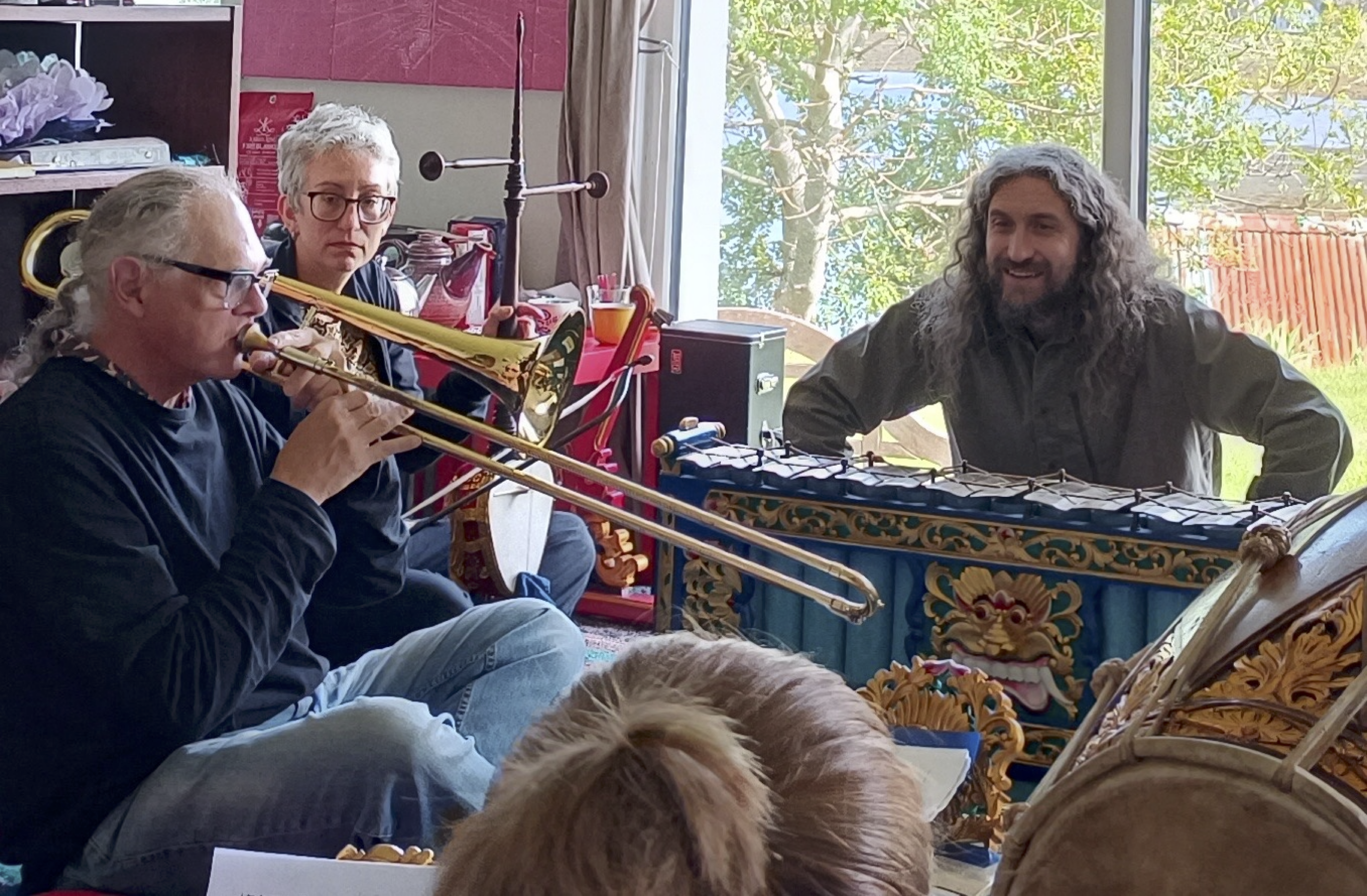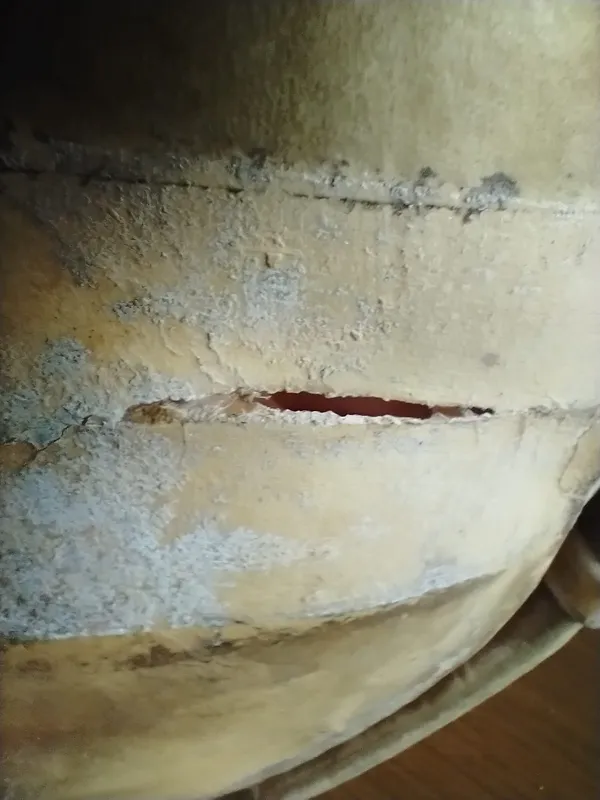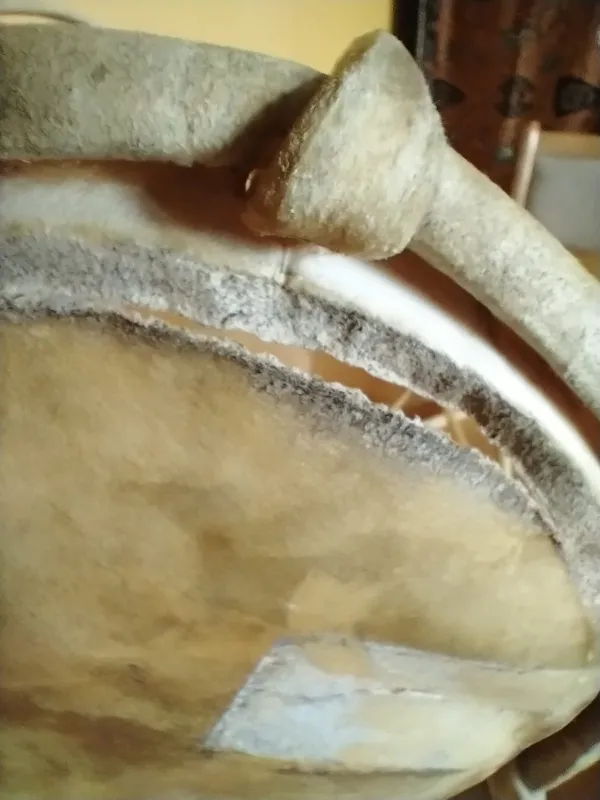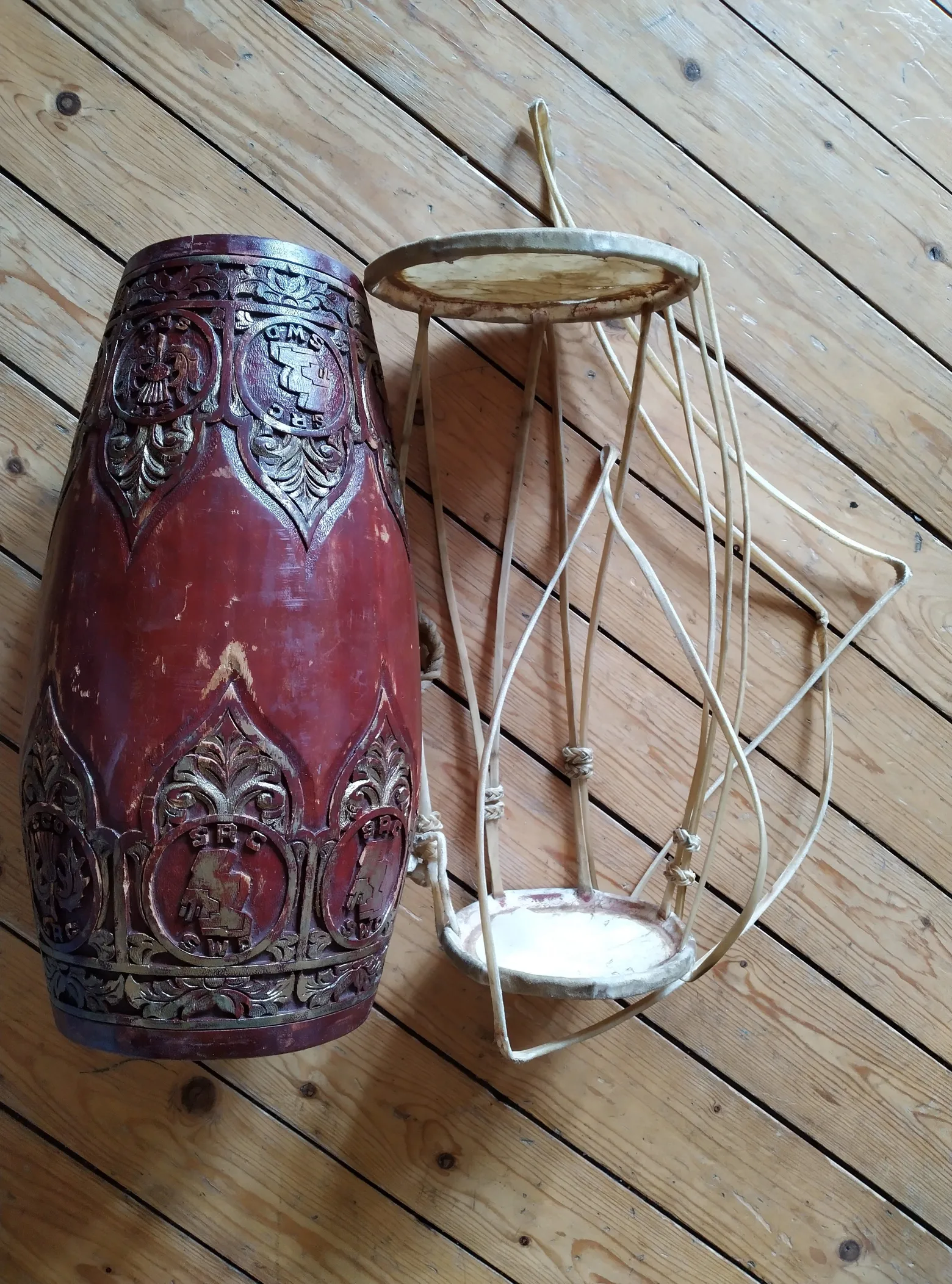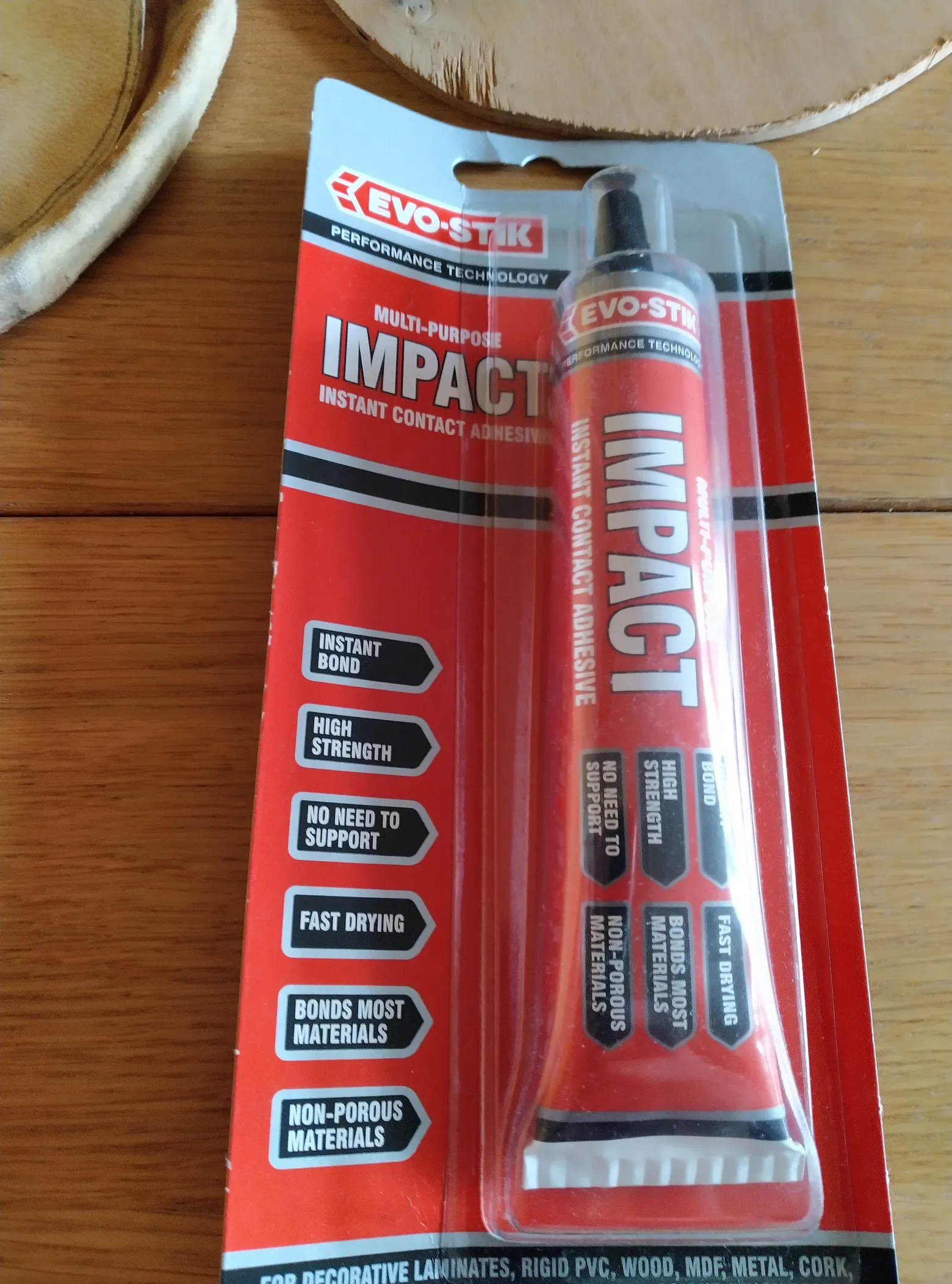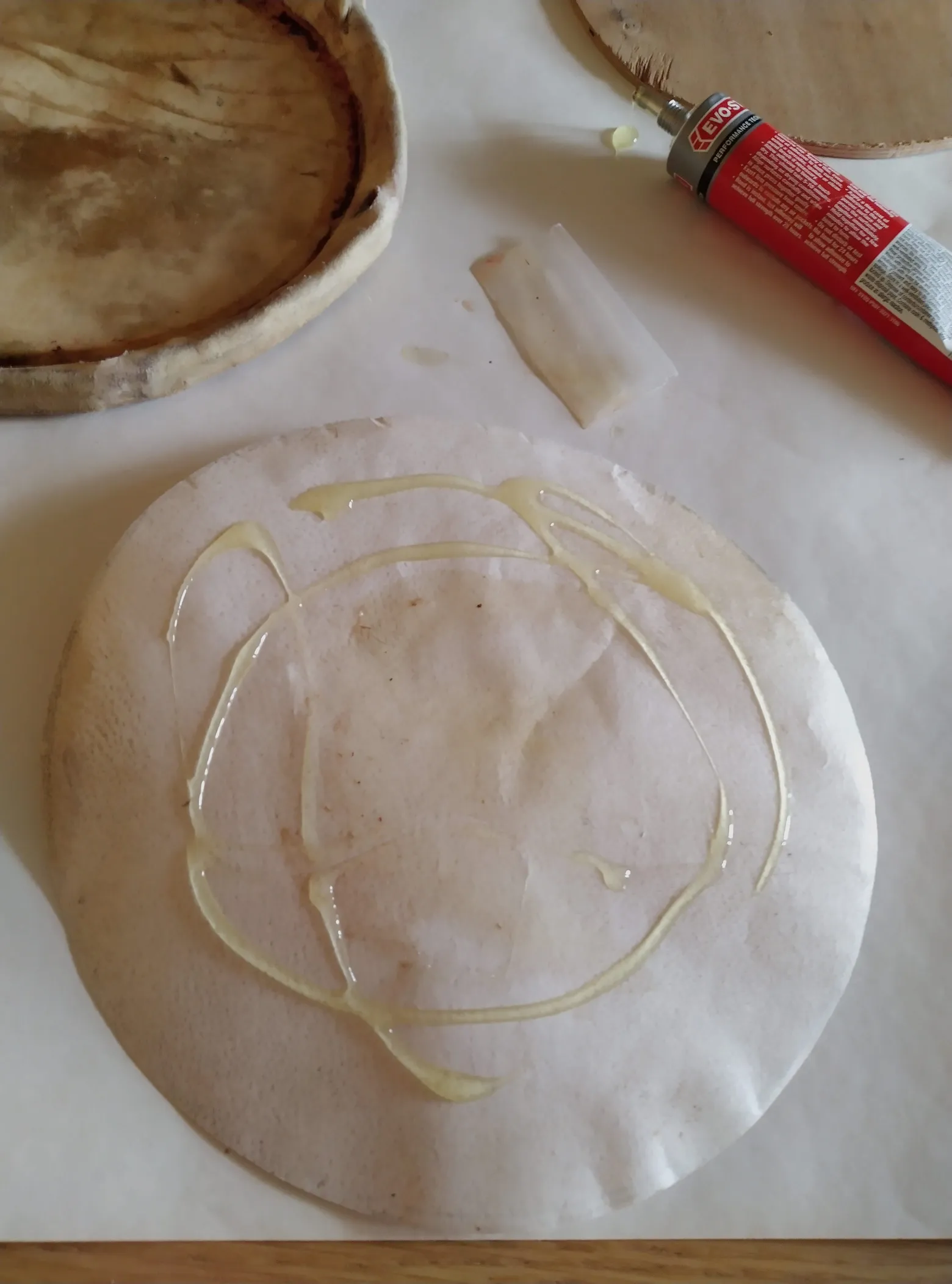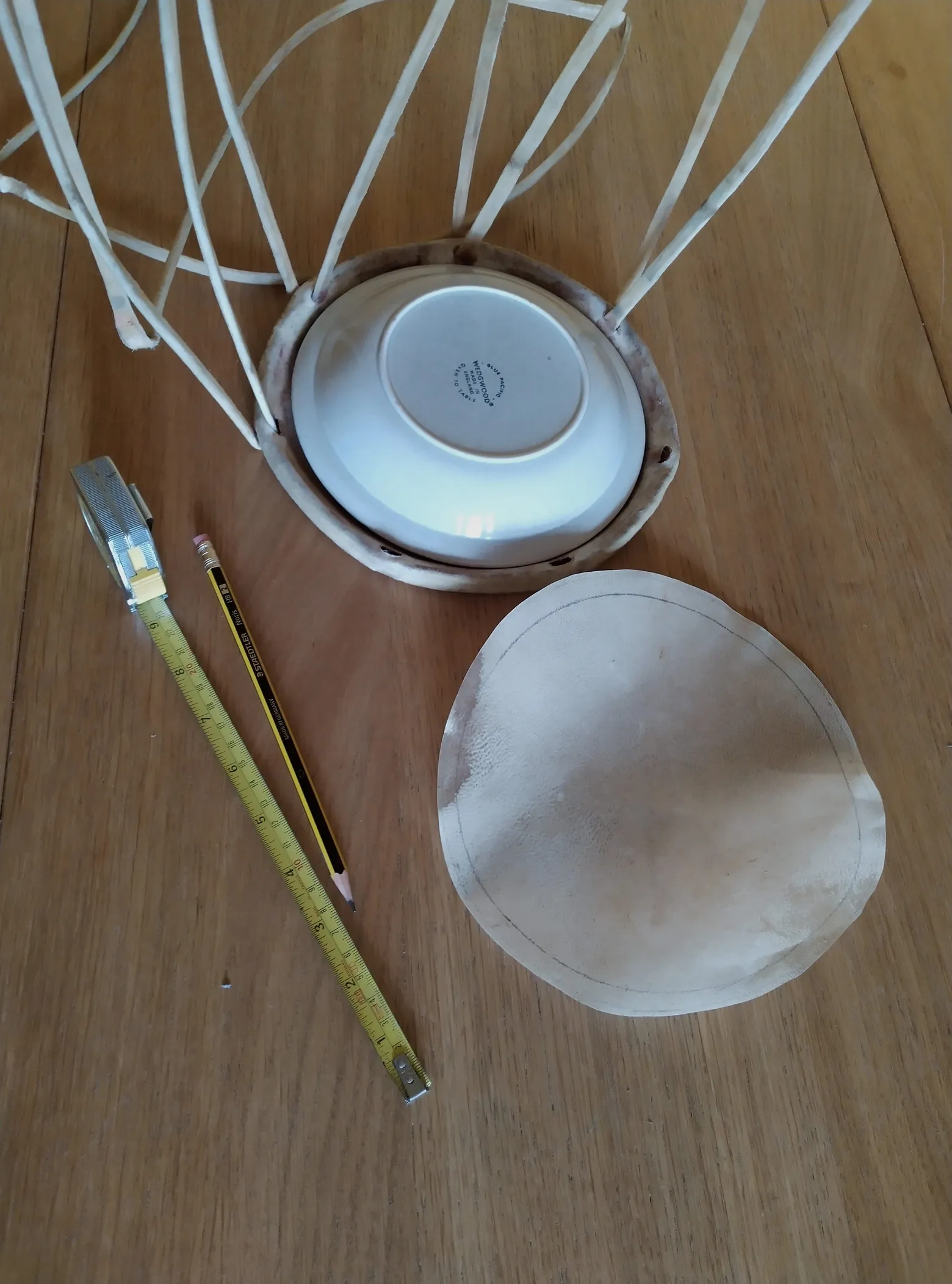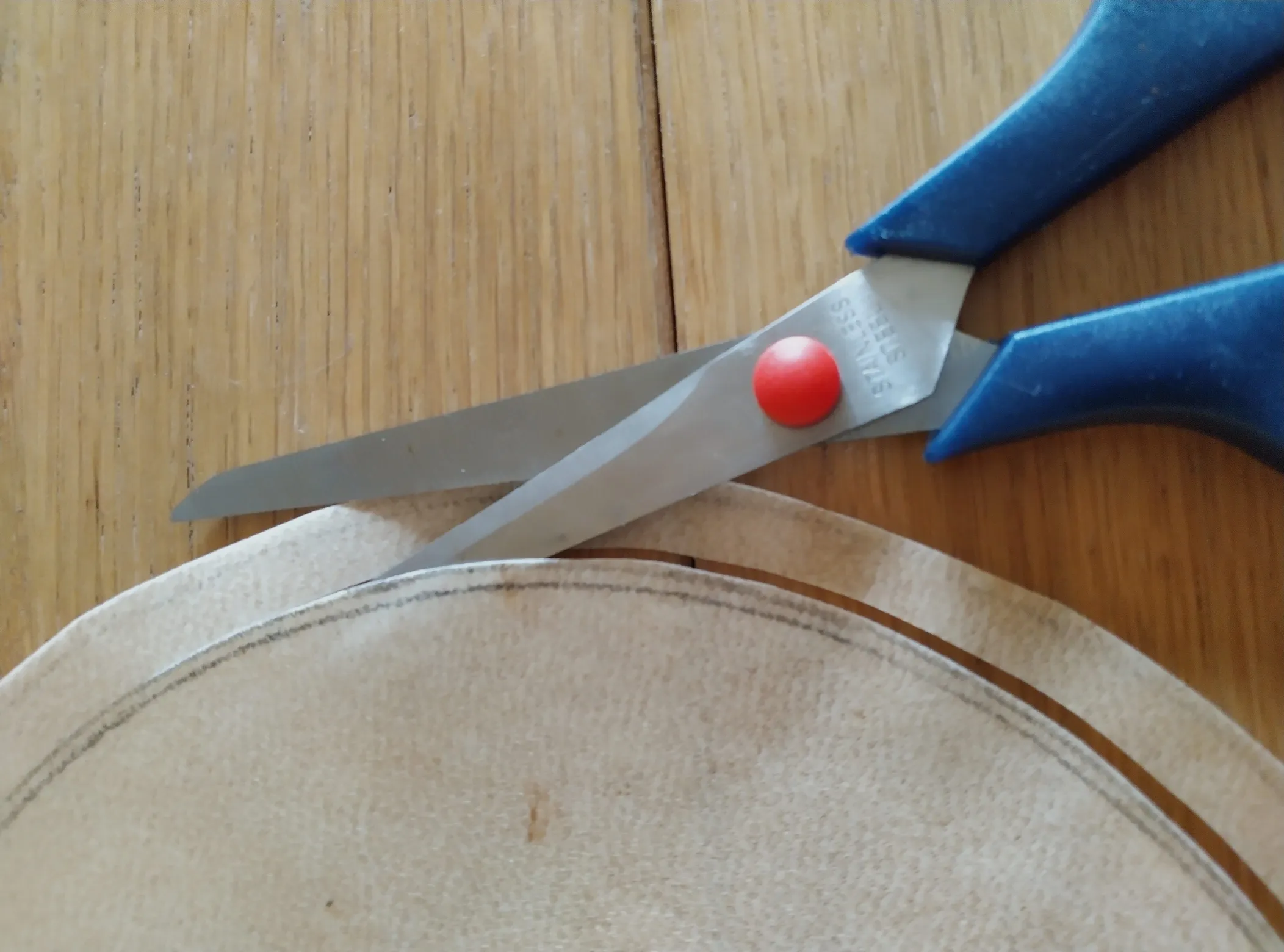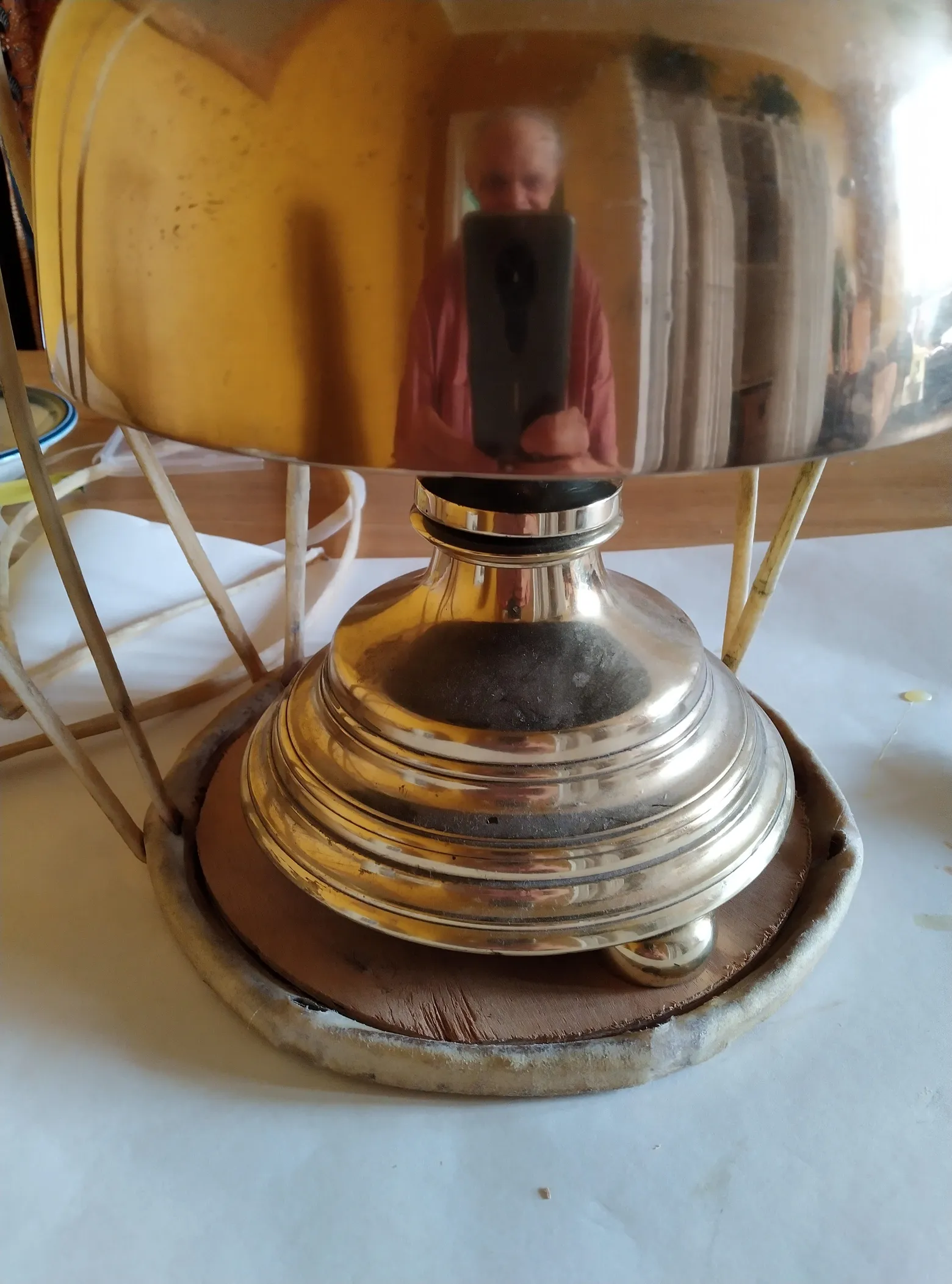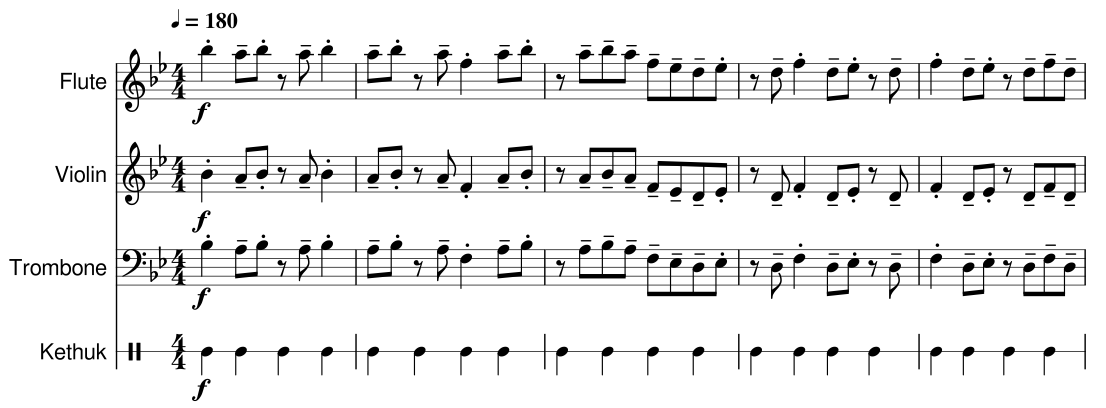Triwikrama
The piece for slide brass and gamelan now has a provisional title, 'Triwikrama', and a provisional programme note:
In the Javanese wayang purwa tradition, triwikrama is the power by which a character is transformed into a giant.
Kresna takes on the form of Brahala Ireng, while Puntadewa becomes his opposite number, Brahala Putih. Rahwana becomes the ten-headed Dasamuka: even Anoman the monkey-god has the ability to change into a triwikrama form.
This piece was developed as part of a project initiated by Dr John Jacobs that seeks to explore the tuning possibilities of slide brass instruments in relation to the non-standard and non-equal tempered tunings found in Javanese music.
The use of the gamelan instruments is only distantly related to Javanese models. The drum ostinato is loosely inspired by certain traditional ladrang patterns. The repeated notes are reminiscent of the gangsaran form, while the upward pitch movement finds echo in the registral ascent through three pathet in a wayang performance.
In coming up with this piece, I didn't set out to portray a character transforming into an angry giant, but it does kind of sound like that :)
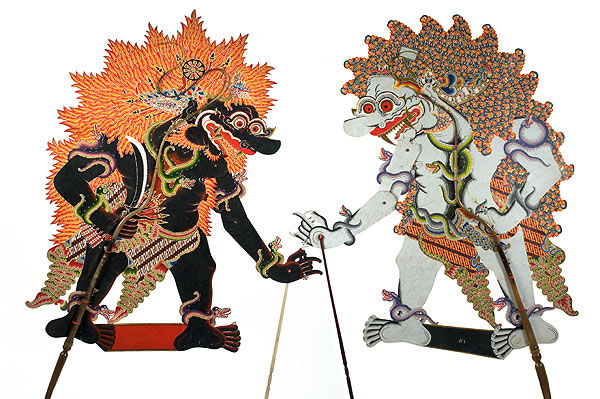
Update re Javanese pronunciations: Triwikråmå, Brahålå Ireng, Kresnå, Puntådéwå, Dåsåmukå.
